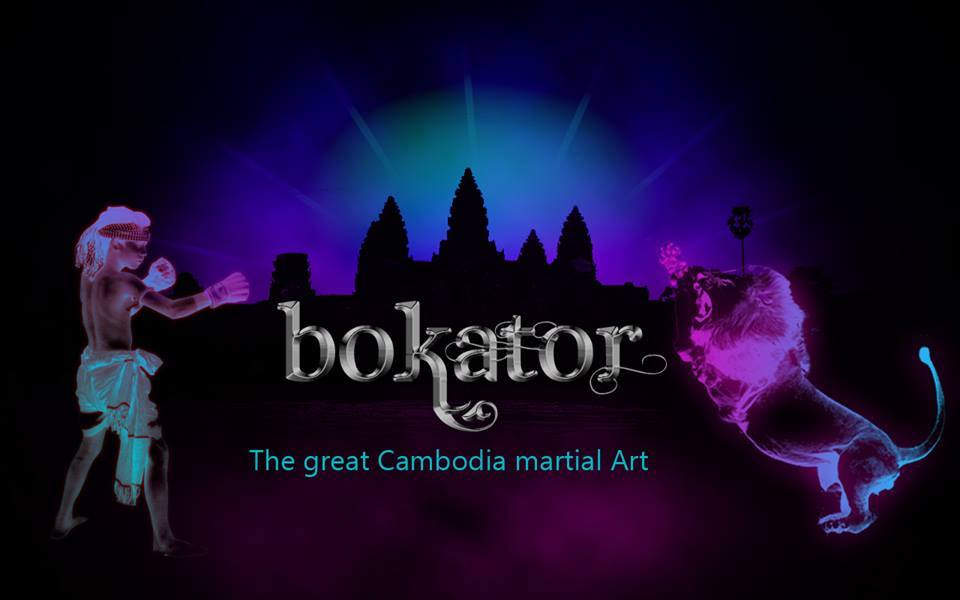I enjoy some of the quirkier exhibits at museums nearly as much as the top-end artifacts on display
Sculptures from Angkor National Museum:
I enjoy some of the quirkier exhibits at museums nearly as much as the top-end artifacts on display, so this representation of an unfinished Prajnaparamita is well worth asking the question, why did it remain uncompleted by the stone sculptors in the early part of the 13th century? The answer may be as simple as the statue suffered serious damage during the sculpting process and lost the supporting stone that would’ve allowed the shaping of the right hand in particular. You can see from the photographs that both hands are missing. These statues were carved from one single piece of sandstone, initially being roughly hewn before the next stage of more precise chiseling. Losing at least one of the hands before the fine-tuning stage of carving of the figure would’ve rendered it unusable and heading for the scrap-heap. The statue was found in 1924 by the EFEO team under Henri Marchal, abandoned near the West Gate of Angkor Thom, presumably having never been consecrated or allocated a sacred space to reside in. That’s just my interpretation. The presence of an Amitabha Buddha in the conical chignon of the figure confirms her identity as Prajnaparamita - the embodiment of perfect wisdom - who became a cult figure during the reign of King Jayavarman VII towards the end of the 12th and early 13th centuries. A number of beautifully carved and polished life-size sandstone sculptures, both standing or kneeling, have been discovered and scholars believe that these images are of the king’s first and greatly loved wife, Jayarajadevi, who was known for her innumerable good deeds and her generosity. The king’s second wife, her older sister Indradevi, erected images of her as a homage, in major cities of the Khmer Empire, and sculptures in the National Museum in Phnom Penh, the Guimet Museum in Paris and the Angkor National Museum are a testament to that.
About Me
I have graduate from BUILD BRIGHT UNIVERSITY(BBU) AND PREAH SIHANOUK RAJA (SBU) I work at Khmer Plus Computer Address: #156BE, St.63 (Trasak Phaem), Sang kat Chaktomok, Khan Daun Penh, Phnom Penh And Much More... Hey..My name is Thol Un Welcome To my site! Hope it will help you! Nice to know you! Indroduce My Self -My name is Thol un.I come from Kompong cham Province -Now I am staying at Langka pagoda .I have graduated from Build Bright University -My Major is Information and Network Technology -I am Working at Khmer Plus Computer -I want to get experience From your Company and develop your Company to be More Successful forever
Thanks for Support
Copyright©️:2021 All Rights Reserved. @Mr. Thol Un Hi every body, In this video I want show about the people success with Website, All This The Result From Website Partnership. Make money online speak Khmer: Please Followers My Website to Get More Videos!! Giving Dharma Is Better Than Giving Things!! Thanks for Support My Website !! This Website is created for the purpose of spreading the Entertainment Cambodia and other History Khmer, Dharma Khmer, Cooking Khmer by posting videos in Website Blogger or Blogspot YouTube and Facebook Page. Thanks and thanks for the support for this Website ..! Thanks For watch all this Website !❤ Like ✅Share ☑️ Comment❤ Kindly donate to the ABA Bank : ❤Thol Un❤ ❤001885833❤
















